As optoelectronic devices, quantum dot (QD) light-emitting diodes (QLEDs) consume electrons and converts them into photons. If all injected electrons are fully converted into photons, a quantum conversion efficiency of 100% can be obtained. However, not all electrons are confined within the QDs and subsequently converted into photons, especially when the devices are operated at a small current density (J) or a large J. This raises fundamental questions: If the electrons are not converted into photons, where do they go? What happens to the electrons that do not convert into photons?
Addressing these fundamental questions will shed light on the behavior of these non-radiative electrons and contribute to a comprehensive understanding of the device’s operation. Although the behavior of leakage electrons could provide valuable insight, tracking their transport is exceedingly challenging. This difficulty stems from the fact that the leakage electrons produce extremely weak signals that are currently undetectable by available instruments and methods.
Professor Shuming Chen’s research team from the Department of Electronic and Electrical Engineering at the Southern University of Science and Technology (SUSTech) has made new progress in understanding the electron transport mechanism of QLEDs and improving the high-efficiency and long-lifetime of tandem QLEDs. Their results have been published in Nature Communications and Nano Letters, respectively.

New techniques reveal electron transport in QLEDs
To accurately trace the electron transport paths, the team developed a characterization methodology based on the single photon counting (SPC) and electroluminescence-photoluminescence (EL-PL) co-measurement techniques. The EL-PL co-measurement revealed the presence of excess electrons. Using the SPC technique, they were able to detect very weak photon signals, allowing them to see more information that would usually be missed by conventional spectrometers.
The SPC results enabled a precise portrayal of the electrons transport paths within the QLED. The findings indicated that besides recombining within the QDs, the electrons could overflow into TFB and/or recombine at the HTL/QD interface, which is responsible for the low EQE of the devices. These revelations into electron transport behavior not only enhance our understanding of the working mechanism of QLEDs, but also provides fresh insights into the development of efficient and stable QLEDs. A major advantage of this method is that it provides in-situ access to the stability of excitons in QDs when the QDs are electrically pumped (Figure 1).
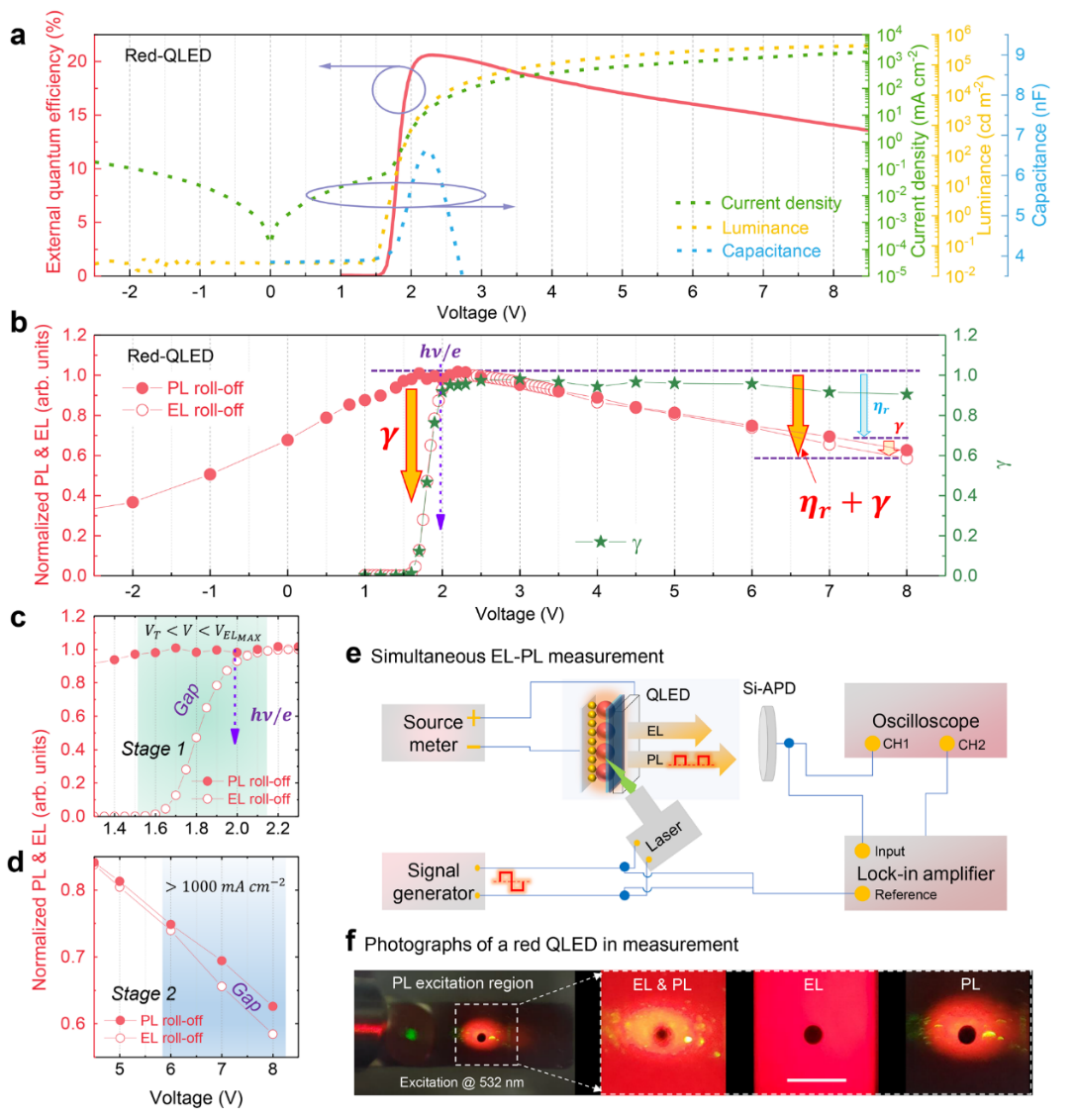
Figure 1. Simultaneous EL-PL measurement of QLEDs
The researchers identified five possible electron transport paths: (1) inter-band leakage, (2 & 3) direct recombination (including radiative and non-radiative), (4) overflow leakage, (5) interfacial recombination (Figure 2).
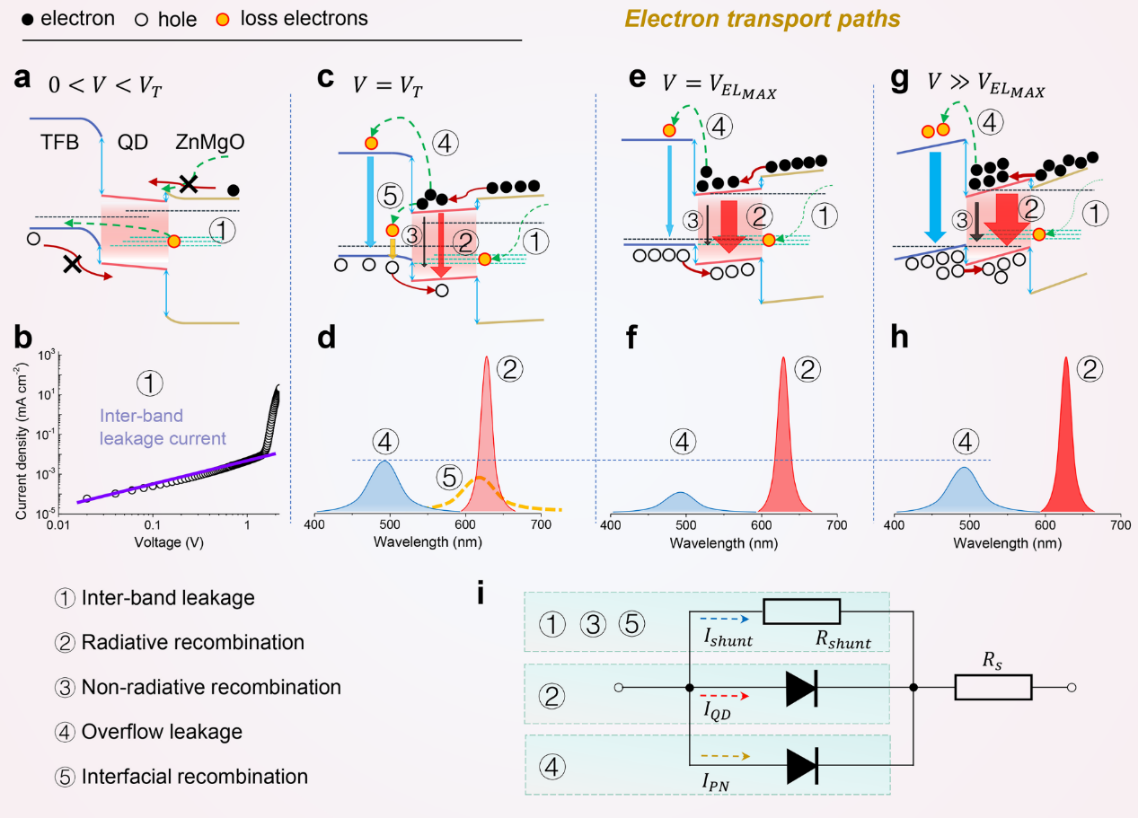
Figure 2. Electron transport paths in QLEDs
To demonstrate the proposed model of electron transport paths, the team developed a novel light detection system that used the SPC technique to detect the weak fluorescence signals left behind by electron transport. As shown in Figure 3a, the single photon counter integrated with a grating monochromator not only detected extremely weak light signals (Figure 3b), but also enabled single wavelength detection on demand (Figure 3b-d).
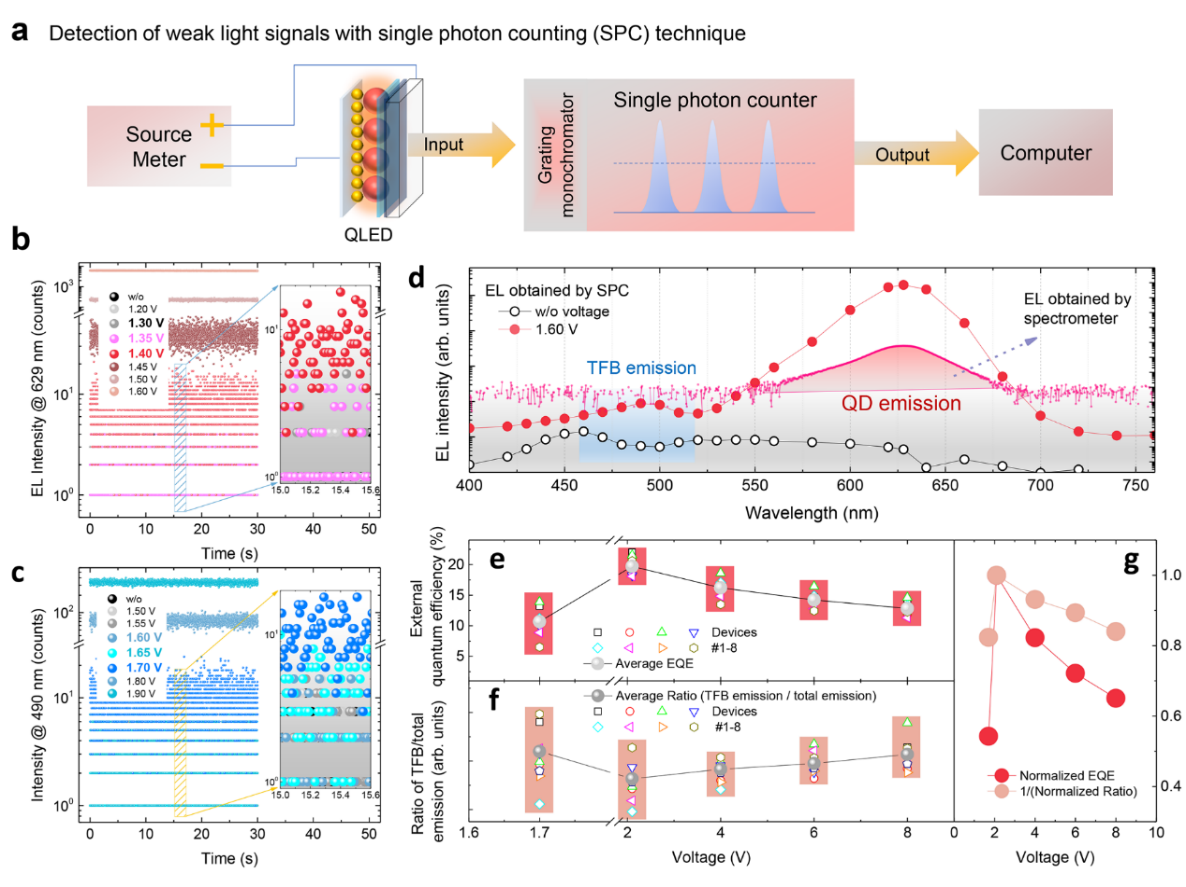
Figure 3. Tracing the electron leakage to the TFB in red QLED via SPC technique
This study also successfully traced the fluorescence signals generated by the interfacial recombination in blue QLEDs using the SPC technique. The luminescence signal near 620 nm (Figure 4) originated from the interfacial recombination at the TFB/QD interface.
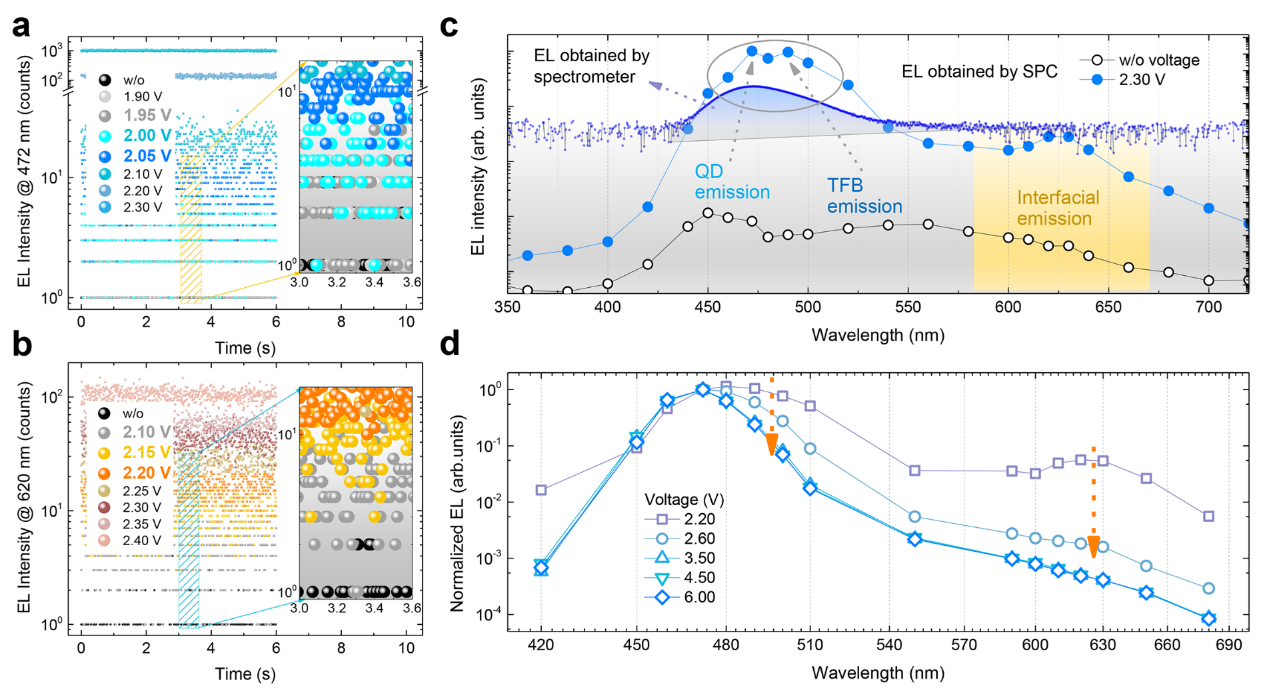
Figure 4. Tracing the electron leakage to the TFB/QD interface in blue QLED via SPC technique
By enhancing hole injection to suppress electron leakage, the team dramatically improved the light-emitting efficiency of QLEDs under small current driving conditions by enhancing hole injection to suppress electron leakage, demonstrating high-performance QLEDs with a power conversion efficiency of more than 98% (Figure 5).
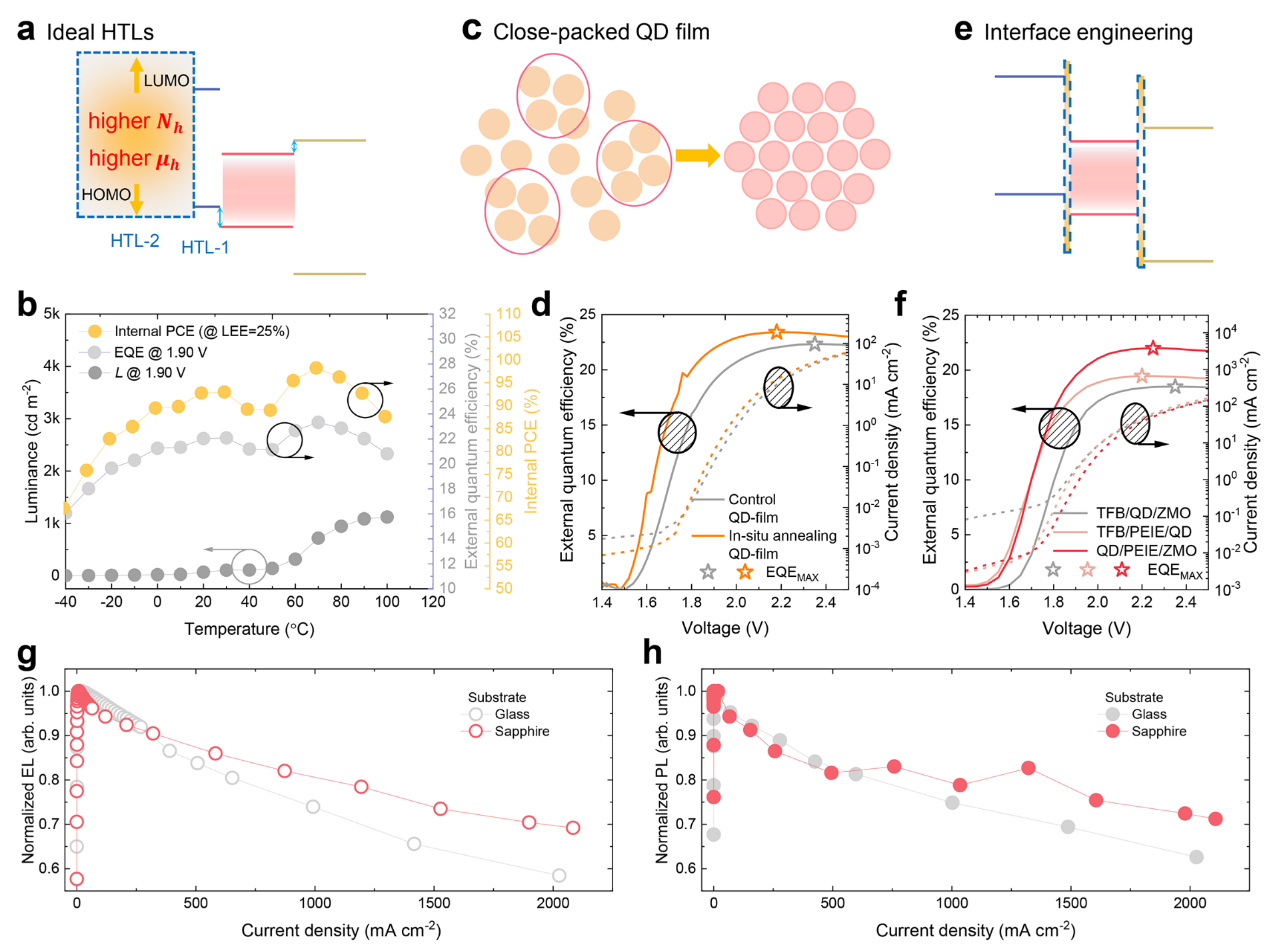
Figure 5. Reducing the leakage of electrons in QLEDs
This work, entitled “Tracing the electron transport behavior in quantum-dot light-emitting diodes via single photon counting technique”, has been published in Nature Communications.
Assistant Professor Qiang Su at the Great Bay University (formerly a Ph.D. student in Shuming Chen’s group) is the first author of this paper. Ph.D. candidate Zinan Chen at SUSTech is the second author, and Professor Shuming Chen is the corresponding author. SUSTech is the sole corresponding institution.
Innovations in stable and efficient tandem QLEDs
In another study on the high-performance tandem QLED, Professor Shuming Chen’s team developed a stable and efficient tandem QLED enabled by an indium zinc oxide (IZO)-based interconnecting layer (ICL). The optimized tandem QLED showed a maximum EQE of 49.01% and a T95 lifetime of over 50,000 h at 1,000 cd/m2, marking the highest efficiency and lifetime ever reported.
Figure 6 shows the energy level diagram of the tandem QLED. Electrically, the incorporation of a 2 nm IZO interconnector effectively lowered the electron injection barrier in the ICL, while the use of conductive ZnMgO promoted electron tunneling, thereby achieving a barrier-free ICL. The resulting ICL efficiently generated and transported the charges to the QLED units, ensuring a perfect and loss-free electrical interconnection for the tandem QLEDs.
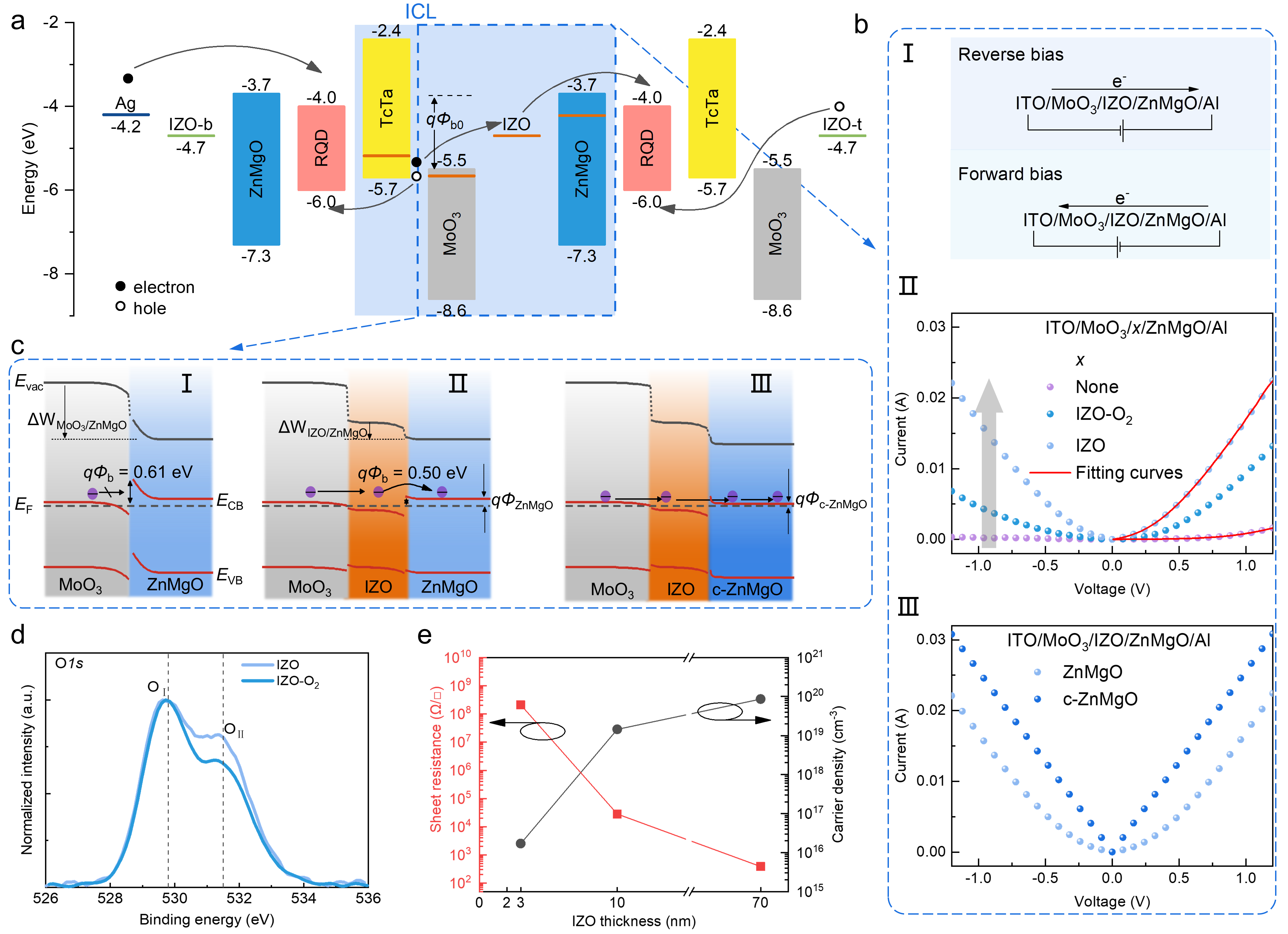
Figure 6. Electrical design of tandem QLEDs
Optically, the team developed a top-emitting structure and optimized the thickness of the cavity length guided by a theoretical simulation. The emissions from both emitters underwent constructive interference, yielding the highest EQE/γ value of 31.87% (Figure 7).

Figure 7. Optical design of tandem QLEDs
Consequently, ideal red tandem QLEDs achieved a maximum EQE of 49.01% and a T95 lifetime of over 50,000 h at 1,000 cd/m2, which are the highest efficiency and lifetime ever reported (Figure 8).
This study has been featured by the technology media Advances in Engineering, and has been recognized as a “Key Scientific Article”. The tandem structure and approach outlined unlock the full potential of tandem devices and pave the way for the development of highly efficient and stable QLEDs for display applications.
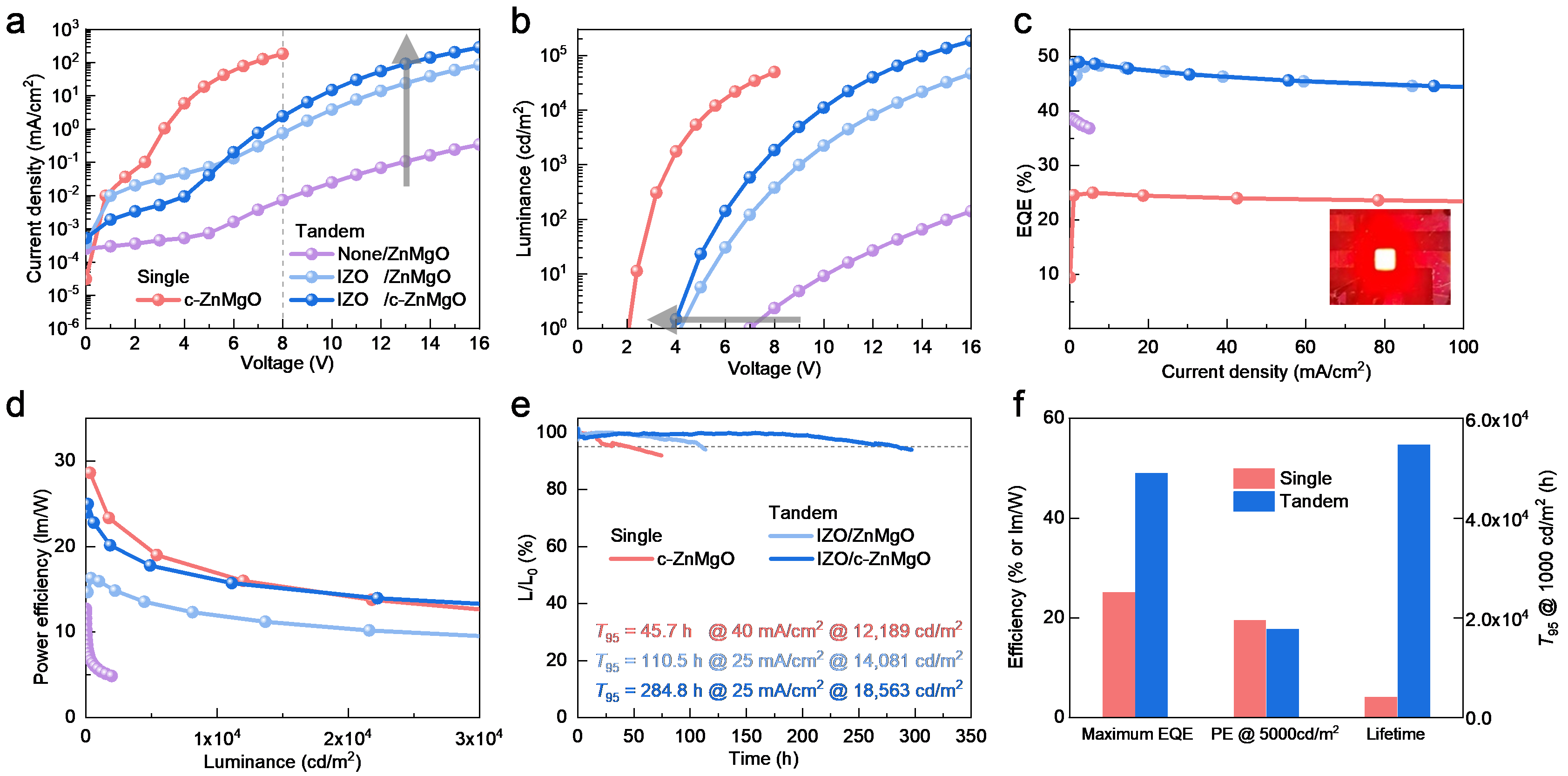
Figure 8. Device performance of tandem QLEDs
This work, entitled “Very Stable and Efficient Tandem Quantum-Dot Light-Emitting Diodes Enabled by IZO-Based Interconnecting Layers”, has been published in Nano Letters.
Ph.D. student Cuixia Yuan is the first author of this paper. Professor Shuming Chen is the corresponding author, and SUSTech is the sole corresponding institution.
These research works were supported by the National Natural Science Foundation of China and the Shenzhen Science and Technology Program.
Paper links (In order of appearance above):
Nature Communications: https://www.nature.com/articles/s41467-024-52521-0
Nano Letters: https://pubs.acs.org/doi/10.1021/acs.nanolett.4c02021
To read all stories about SUSTech science, subscribe to the monthly SUSTech Newsletter.
Proofread ByAdrian Cremin, Yingying XIA
Photo ByDepartment of Electronic and Electrical Engineering